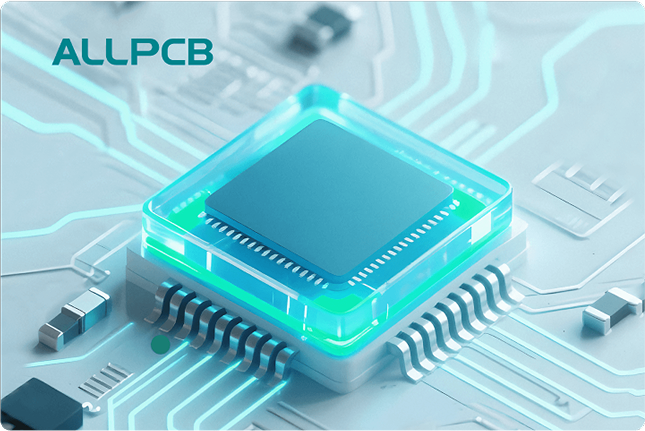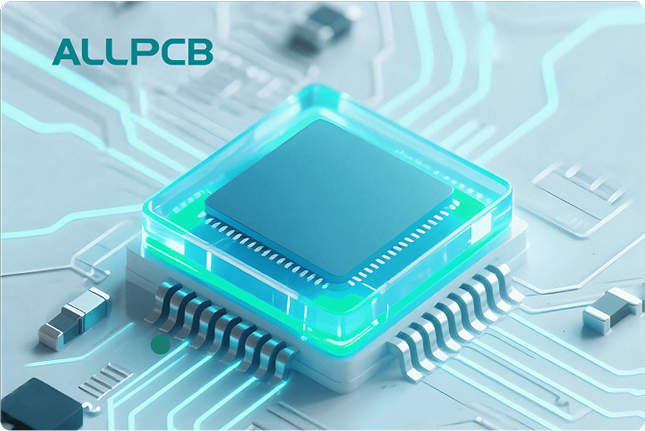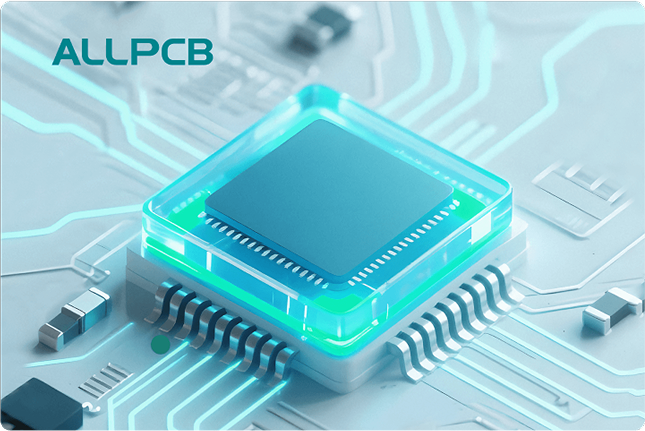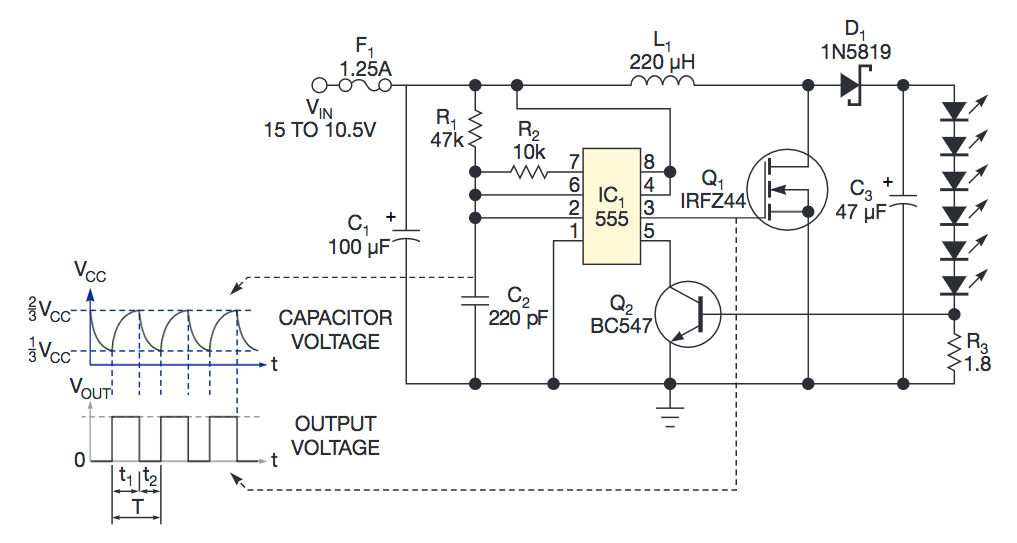In 2025, understanding PCB component costs is more critical than ever for engineers aiming to design cost-effective and reliable printed circuit boards. With fluctuating prices, material shortages, and evolving market trends, smart procurement strategies can make or break a project. This guide dives into PCB component price trends for 2025, offers insights on forecasting PCB component costs, explores the impact of material shortages on PCB price, and shares actionable PCB procurement strategies to help you stay ahead.
Whether you're managing a small prototype or large-scale production, this blog will equip you with the knowledge to navigate the complexities of PCB component costs in the coming year. Let’s break it down step by step to ensure your projects remain on budget and on schedule.
Why PCB Component Costs Matter in 2025
The cost of PCB components directly affects the overall budget of electronic projects. In 2025, engineers face unique challenges due to global supply chain dynamics, rising demand for advanced electronics, and ongoing material constraints. According to recent industry reports, the global PCB market is projected to grow from $70.9 billion in 2024 to $92.4 billion by 2029, reflecting a compound annual growth rate (CAGR) that signals increased competition for resources.
With such growth, component costs are under constant pressure. Factors like raw material availability, geopolitical tensions, and technological advancements play significant roles. For engineers, staying informed about these trends isn’t just about saving money—it’s about ensuring project feasibility and maintaining competitive edges in industries like automotive, telecommunications, and consumer electronics.

PCB Component Price Trends for 2025: What to Expect
As we look at PCB component price trends for 2025, several key factors are driving costs. Industry insights suggest that prices for core components like resistors, capacitors, and microcontrollers will see moderate increases due to sustained demand for IoT devices, electric vehicles, and 5G infrastructure.
Based on current data, the cost of multilayer PCBs, often used in complex applications, could rise by 5-8% compared to 2024 levels. This is largely due to the increasing price of copper, a primary material in PCB manufacturing, which has seen price fluctuations tied to mining output and global trade policies. Additionally, specialized components like high-frequency RF modules may experience sharper price hikes—potentially up to 10%—as manufacturers struggle to meet demand for next-gen communication systems.
However, not all trends point to higher costs. Advances in manufacturing efficiency and potential stabilization in supply chains could lead to slight price reductions for standard components like basic SMD resistors and capacitors by mid-2025. Keeping a close eye on these shifts will be essential for engineers planning budgets.

Forecasting PCB Component Costs: Tools and Techniques
Forecasting PCB component costs is a vital skill for engineers looking to manage expenses effectively. While no one can predict the future with absolute certainty, several methods and tools can provide reliable estimates for 2025.
First, leverage historical data. By analyzing price trends over the past 3-5 years, you can identify patterns. For instance, if copper prices spiked during specific quarters due to supply disruptions, you might anticipate similar impacts in 2025 under comparable conditions. Online databases and industry reports from trusted sources offer this data, often with breakdowns by component type.
Second, use supply chain software to track real-time component availability and pricing. Many platforms integrate with global distributor networks, providing alerts on price changes or stock shortages. This can help you plan purchases before costs escalate.
Lastly, build relationships with suppliers for insider insights. Suppliers often have early information on upcoming price adjustments or material constraints. For example, if a key semiconductor manufacturer announces a production delay, your supplier might warn you of a potential 15-20% price increase for affected chips, allowing you to adjust your procurement timeline.
By combining these approaches, you can create a robust forecast that minimizes surprises and keeps your project budgets in check.
Impact of Material Shortages on PCB Price: A Growing Concern
The impact of material shortages on PCB price remains a critical issue for engineers in 2025. Raw materials like copper, epoxy resins, and rare earth metals used in high-performance components are often subject to supply chain disruptions. These shortages can stem from natural disasters, labor strikes, or geopolitical issues affecting mining and export regions.
For instance, a shortage in copper—a key conductor in PCB substrates—can increase the cost of standard 2-layer boards by as much as 7-10%. Similarly, limited availability of high-purity silicon for semiconductor production has historically driven up microcontroller prices by 15% or more during peak shortage periods. In 2025, ongoing challenges in sourcing these materials could exacerbate price volatility, especially for industries reliant on rapid production cycles.
Beyond direct cost increases, material shortages also lead to longer lead times. A typical lead time for a specialized IC might jump from 8 weeks to 16 weeks during a shortage, forcing engineers to either delay projects or pay premium prices for expedited orders. Understanding these ripple effects is crucial for planning and risk management.
PCB Procurement Strategies: Saving Costs Without Sacrificing Quality
Navigating the challenges of component costs requires smart PCB procurement strategies. Here are actionable tips tailored for engineers in 2025 to optimize budgets while maintaining high-quality designs.
1. Diversify Your Supplier Network
Relying on a single supplier can leave you vulnerable to price spikes or stock shortages. Build relationships with multiple suppliers across different regions to create a safety net. For example, if a primary supplier raises capacitor prices by 12% due to local material costs, a secondary supplier in a different market might offer a more competitive rate.
2. Plan for Bulk Purchasing
Bulk purchasing can secure lower per-unit costs for commonly used components like resistors or standard connectors. If your project roadmap includes multiple PCB designs over the year, estimate your total needs for 2025 and negotiate bulk discounts. Savings of 5-15% are often achievable with this approach.
3. Opt for Alternative Components
When specific components become too expensive or unavailable, look for alternatives with similar specifications. For instance, if a particular 50-ohm RF connector sees a price jump, research equivalent connectors from other manufacturers with matching impedance and signal integrity performance. Always test substitutes in prototypes to ensure compatibility.
4. Monitor Lead Times Closely
As noted in recent industry updates, electronic component lead times for 2025 may remain stable or slightly increase. Use this information to order critical parts well in advance. Avoiding last-minute purchases can prevent paying rush fees, which can inflate costs by 20% or more.
5. Leverage Design Optimization
Simplify your PCB designs where possible to reduce component counts. For example, replacing multiple discrete components with a single integrated solution can cut costs and improve reliability. If a design originally requires ten 1kΩ resistors, consider if a resistor array could achieve the same result with fewer parts and lower assembly costs.
Implementing these strategies can significantly reduce expenses while ensuring your projects meet performance standards.
Navigating Supply Chain Resilience in 2025
Supply chain resilience is a hot topic for PCB manufacturing in 2025. Recent industry discussions highlight the importance of securing reliable component sourcing to avoid delays and cost overruns. Building a resilient supply chain involves proactive communication with suppliers, maintaining buffer stocks of critical components, and staying updated on global events that could disrupt logistics.
For example, if a major shipping route faces delays due to unforeseen circumstances, having a small inventory of essential components like power management ICs can keep your production on track. Buffer stocks for high-demand items with long lead times—sometimes up to 12 weeks—can be a lifesaver during unexpected shortages.
Additionally, consider partnering with local suppliers to reduce dependency on international shipping. While local options may have slightly higher upfront costs, they often provide faster delivery and lower risk of disruption, saving money in the long run.

Future Outlook: Preparing for PCB Cost Challenges Beyond 2025
While this guide focuses on 2025, it’s worth considering the longer-term outlook for PCB component costs. Industry projections suggest that by 2032, the global PCB market could reach $113.49 billion, driven by advancements in AI, renewable energy systems, and smart infrastructure. This growth will likely intensify competition for materials and components, pushing engineers to adopt even more innovative procurement and design strategies.
Investing in skills like predictive analytics for cost forecasting or training in design-for-manufacturability (DFM) principles can prepare you for future challenges. Staying adaptable and informed will be key to thriving in an increasingly complex market.
Conclusion: Mastering PCB Component Costs in 2025
Decoding PCB component costs in 2025 requires a blend of foresight, strategy, and adaptability. By staying updated on PCB component price trends for 2025, mastering forecasting PCB component costs, understanding the impact of material shortages on PCB price, and applying effective PCB procurement strategies, engineers can navigate the challenges of a dynamic market.
Start by integrating the tips shared in this guide into your workflow. Monitor market trends, build strong supplier networks, and optimize your designs to balance cost and performance. With these steps, you’ll be well-equipped to manage costs and deliver successful PCB projects in 2025 and beyond.
At ALLPCB, we’re committed to supporting engineers with resources and solutions for every stage of PCB development. Stay tuned for more insights and tools to help you succeed in this ever-evolving field.
 ALLPCB
ALLPCB







